These boots were made for walking (up Mount Everest, 101 years ago): How identical twin brothers plan to test George Mallory's shoes against modern-day mountaineering kit
Shoemaker Crockett & Jones has crafted a replica pair of George Mallory's boots for one half of The Turner Twins to wear in the high-altitude Himalayas.
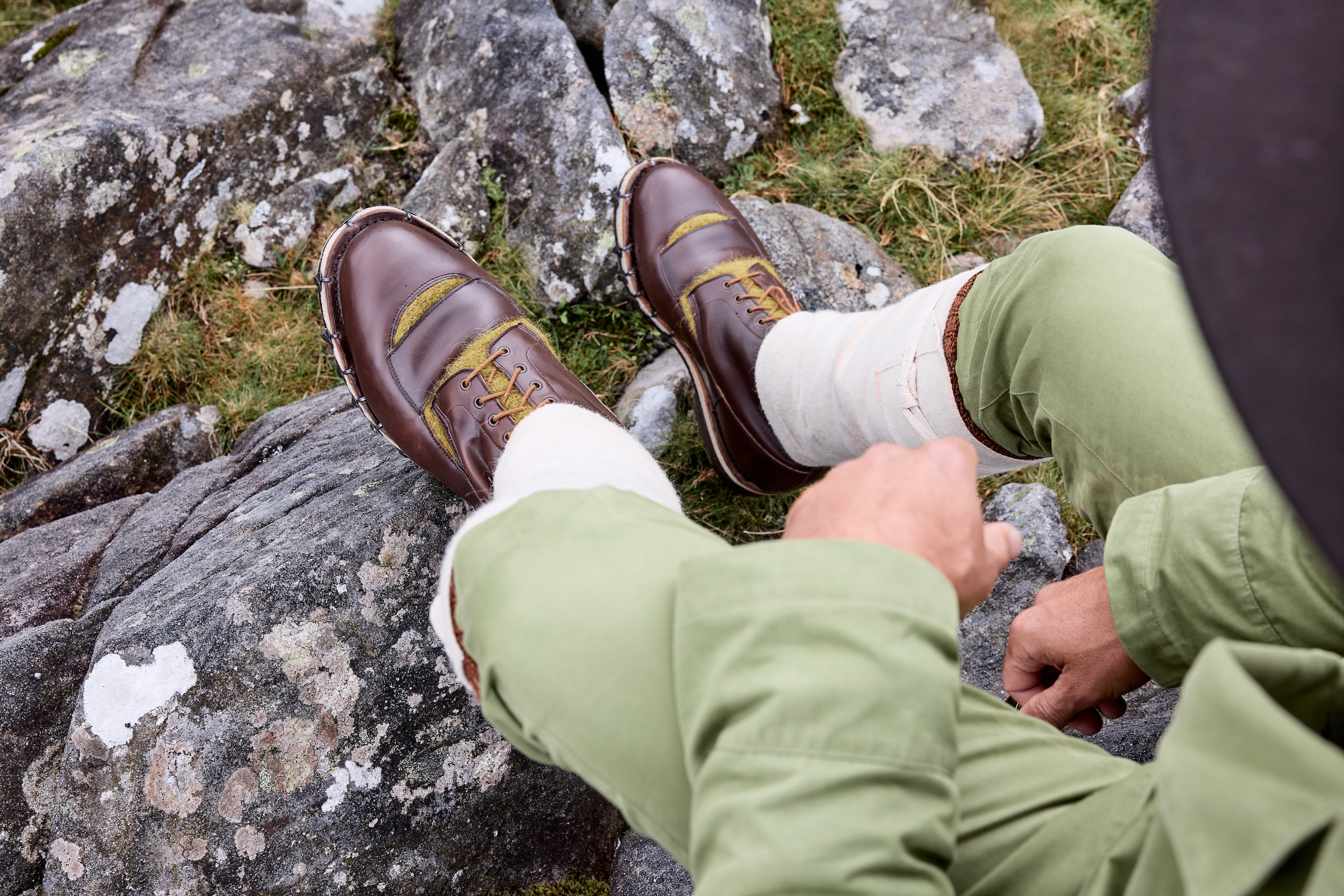

Proper shoemaking is a time-honoured skill and even in an age of mega-brands and mass production, there remains a place for handmade footwear. And in the case of Northampton shoemakers Crockett & Jones, founded in 1879, the one-off commissions can sometimes take unexpected form. One recent order has seen the company produce a pair of traditional boots that replicate a pair worn by legendary mountaineer George Mallory in the 1920s. Why? The answer to that question lies in a mountain range 4,500 miles away, in the shape of two brothers and two very different outfits.
Trekking in the high-altitude Himalayas can be punishing. No matter how sharp your physical condition, if you tackle a snow-capped colossus wearing anything less than the right gear, you’re in serious trouble. But in 2025, what is the right gear, exactly? What sort of wild wardrobe best combats the perilous scrambles, the biting cold and the steepling drops? Surely the latest high-spec, high-tech equipment from the big outdoor labels? Or — just possibly — something less modern?
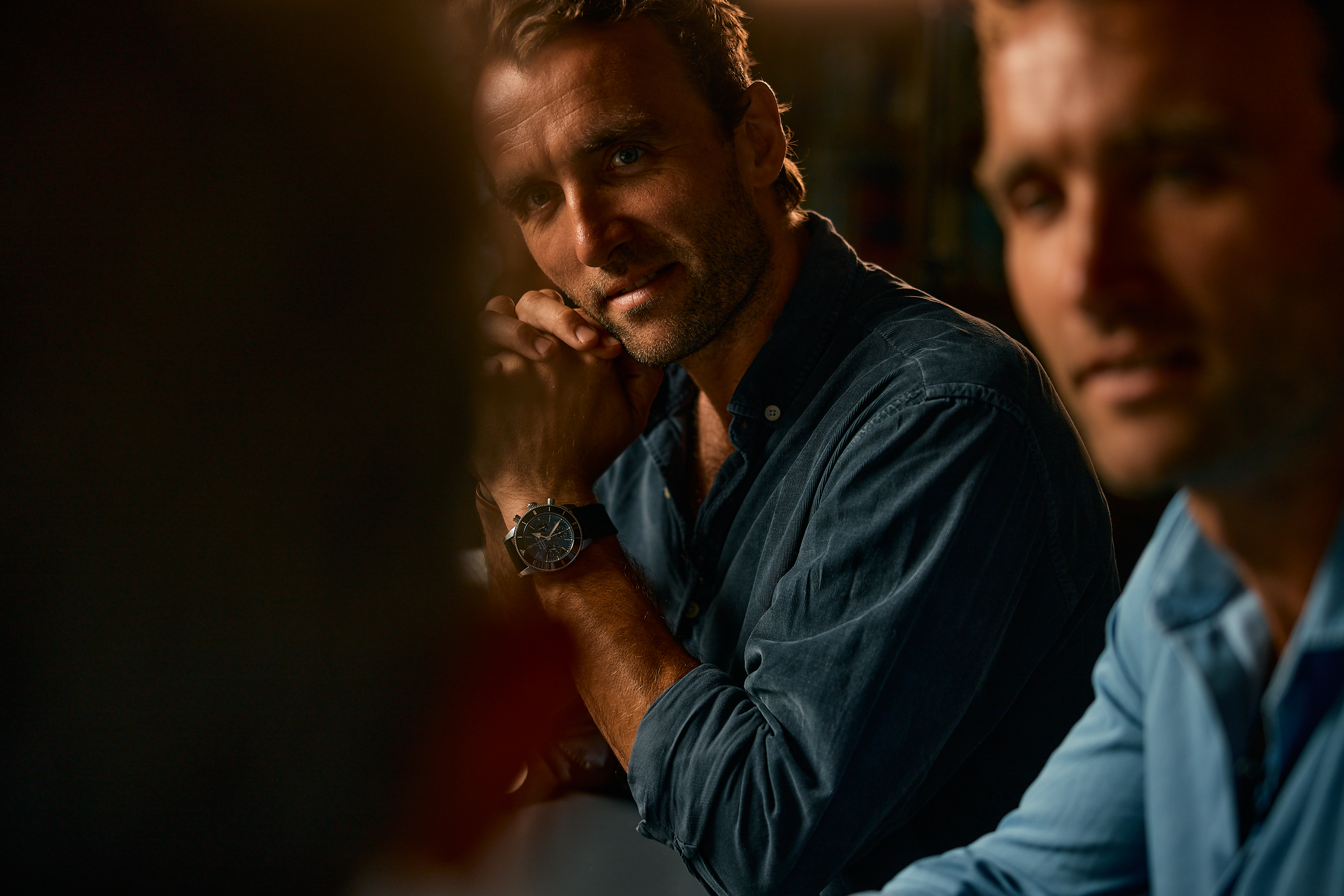
It’s a question The Turner Twins are looking to resolve. Identical brothers Hugo and Ross Turner (above) are professional adventurers, with a shared history of rowing, cycling and hiking through some of the most inhospitable parts of the planet. Their most imminent expedition, however — a three-week journey to the 6,476-metre summit of Nepal’s Mera Peak, departing on October 6 — sees them take less of a joint approach. Ross will be wearing state-of-the-art garments made by outdoor performance specialist Montane, whereas Hugo will be clad in full replica gear from Mallory’s ill-fated 1924 Everest attempt, Northampton-made leather boots and all.
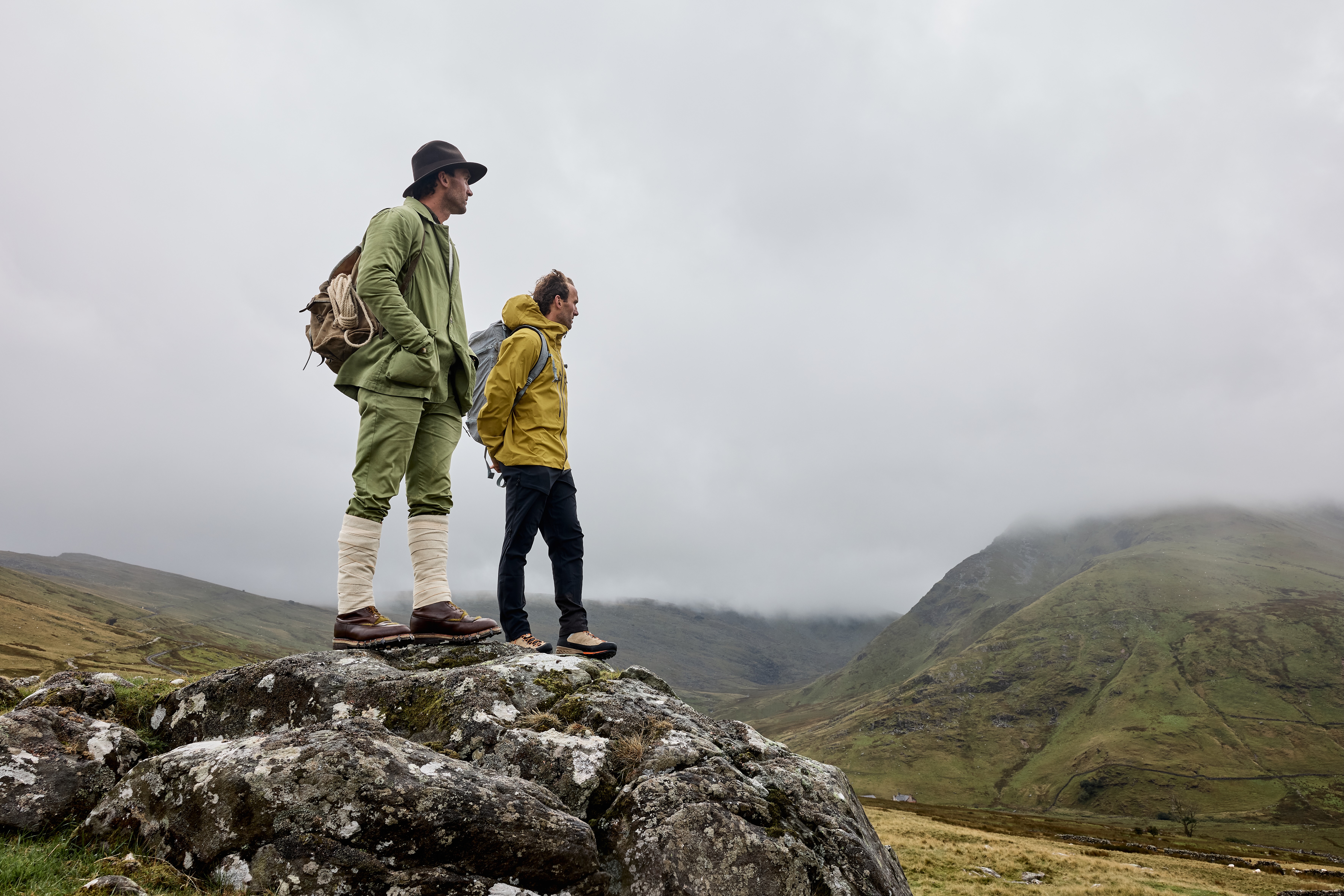
Hugo and Ross on a test walk on Snowdon ahead of their Nepalese expedition.
‘The idea of the trip is to add insight into the performance of the clothing and the boots, and the challenges that were faced back then’ explains Hugo. ‘We’ll be looking at things like body temperature, cognitive function, cortisol levels and dexterity. It’s the first time a true replica of the boots has ever been made.’
Debate still swirls around exactly what befell Mallory and his fellow climber Sandy Irvine when they lost their lives on Everest’s northeast ridge more than a century ago. Whether the pair successfully reached the summit will forever remain a mystery. Mallory’s body was found only in 1999, frozen into the scree at an altitude of 8,156m, and his intact right boot has since formed part of the collection at London’s Royal Geographical Society (RGS).
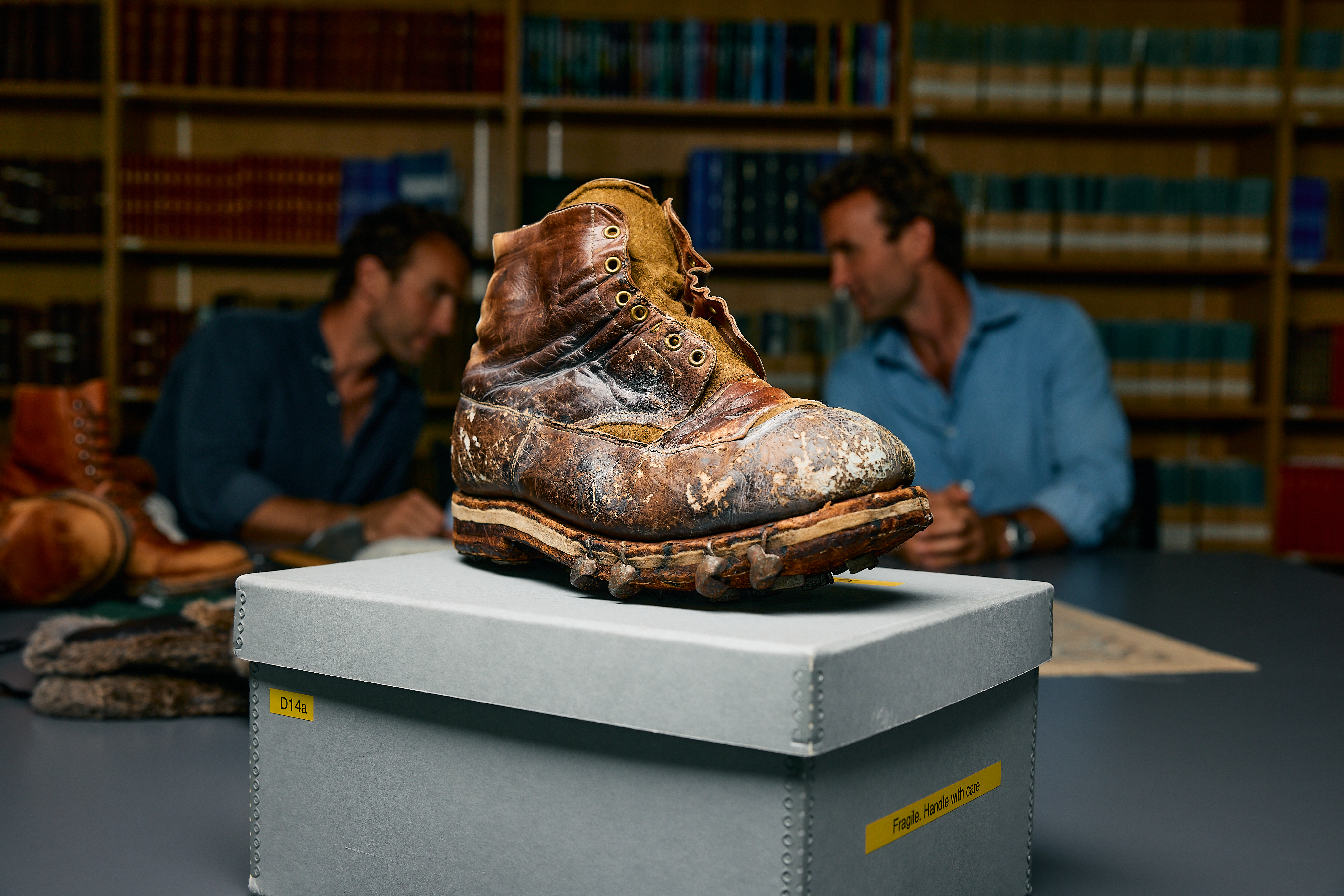
The Turner Twins examine Mallory's intact right boot at the RGS.
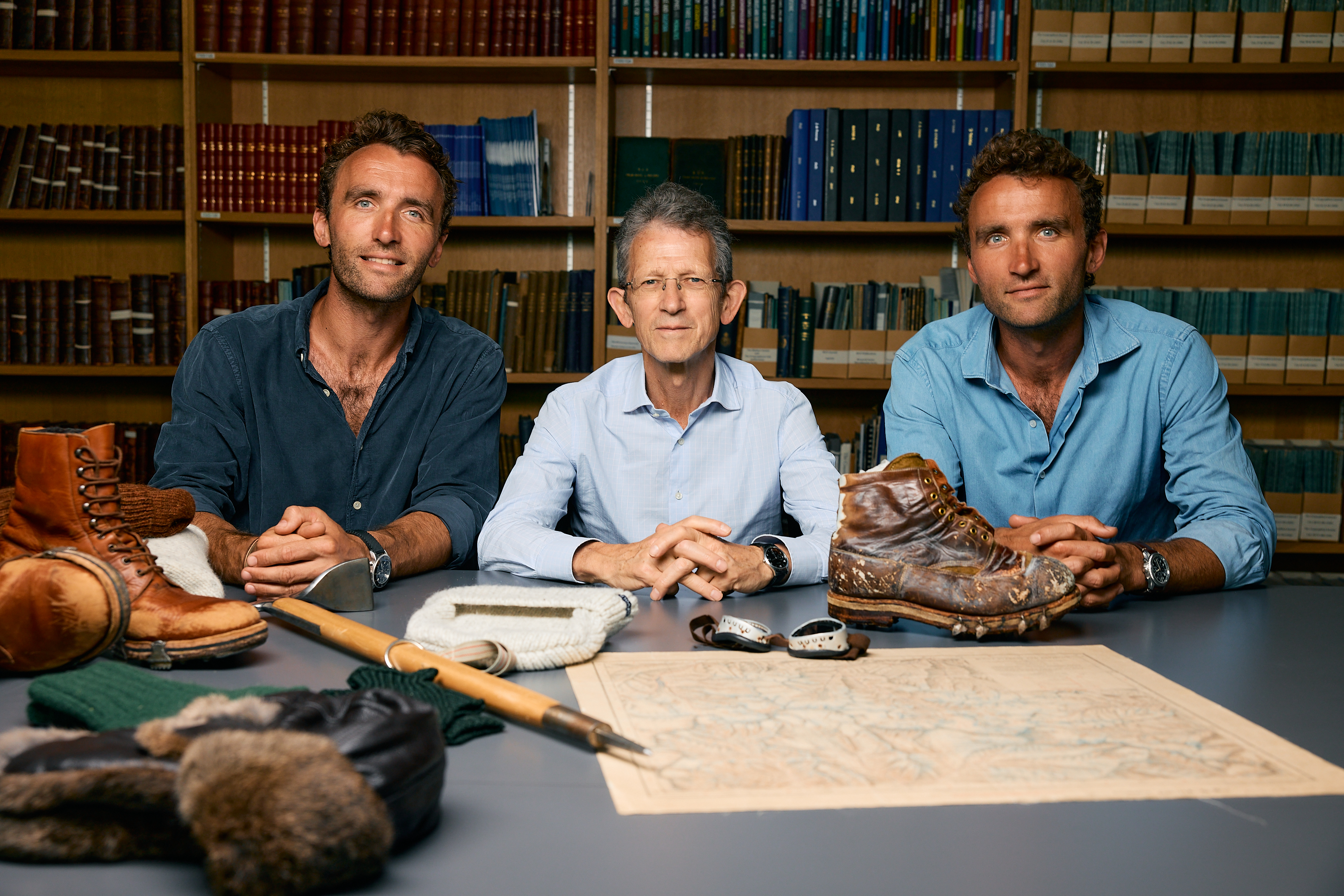
This extraordinary artefact gave Crockett & Jones the opportunity to study the boot in detail. ‘We were fortunate enough to gain access through Ross and Hugo’s RGS membership and physically inspect the boot,’ says James Fox, the head of marketing at the company. ‘To be able to look at the types of materials that had been used gave us a wealth of information. We could still physically see every stitch. Mallory had seemingly customised the boot too, adding an extra upper layer for waterproofing.’
A team of some 40 people subsequently helped to construct an exact replica pair, made almost entirely from leather hide and yurt felt. Brass eyelets and cotton laces were sourced to duplicate the materials used in the 1920s, while a Leicestershire toolmaker was contracted to create the steel cleats and Tricouni (metal nails) that give added traction to the sole.
Exquisite houses, the beauty of Nature, and how to get the most from your life, straight to your inbox.
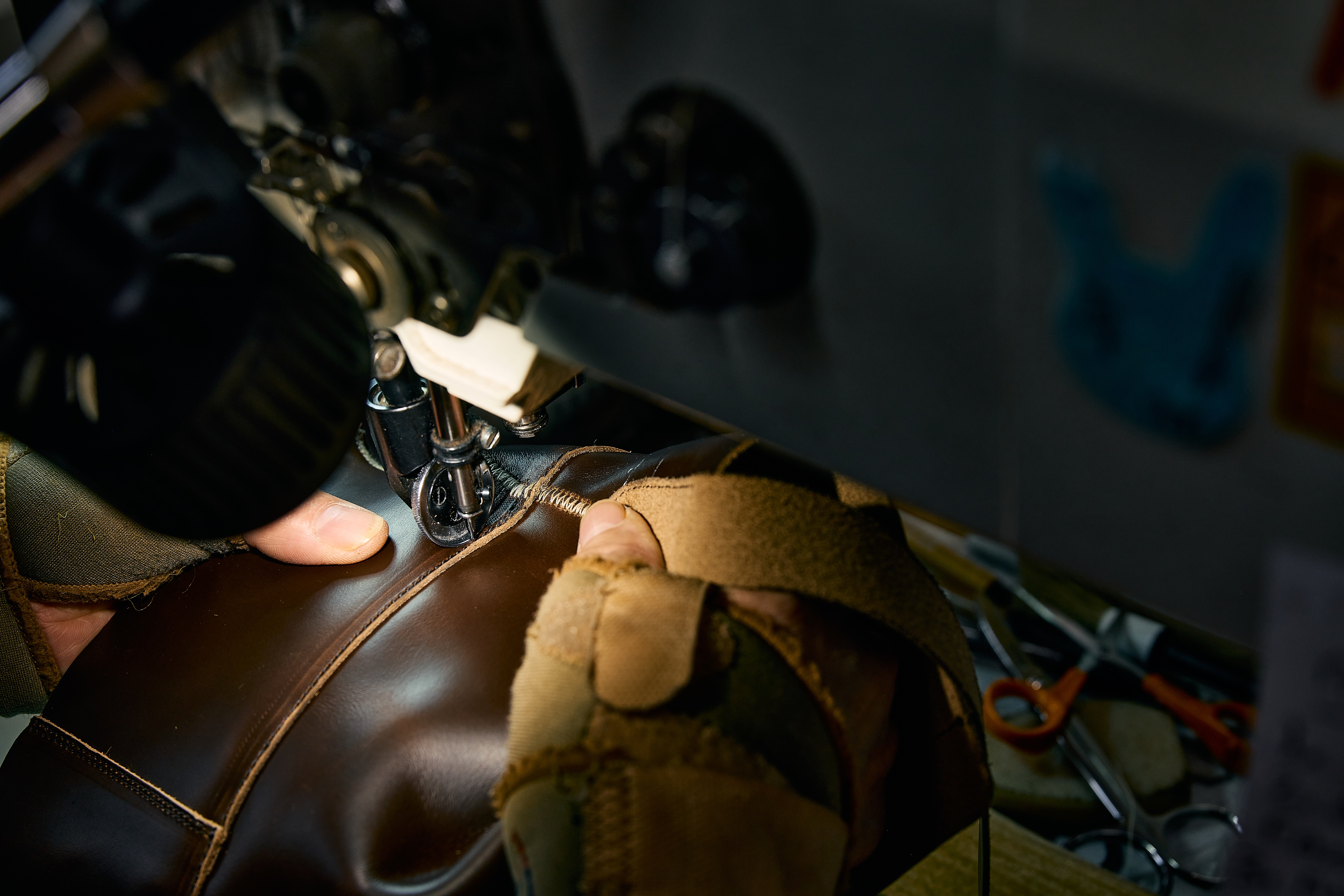
'A team of some 40 people subsequently helped to construct an exact replica pair'.
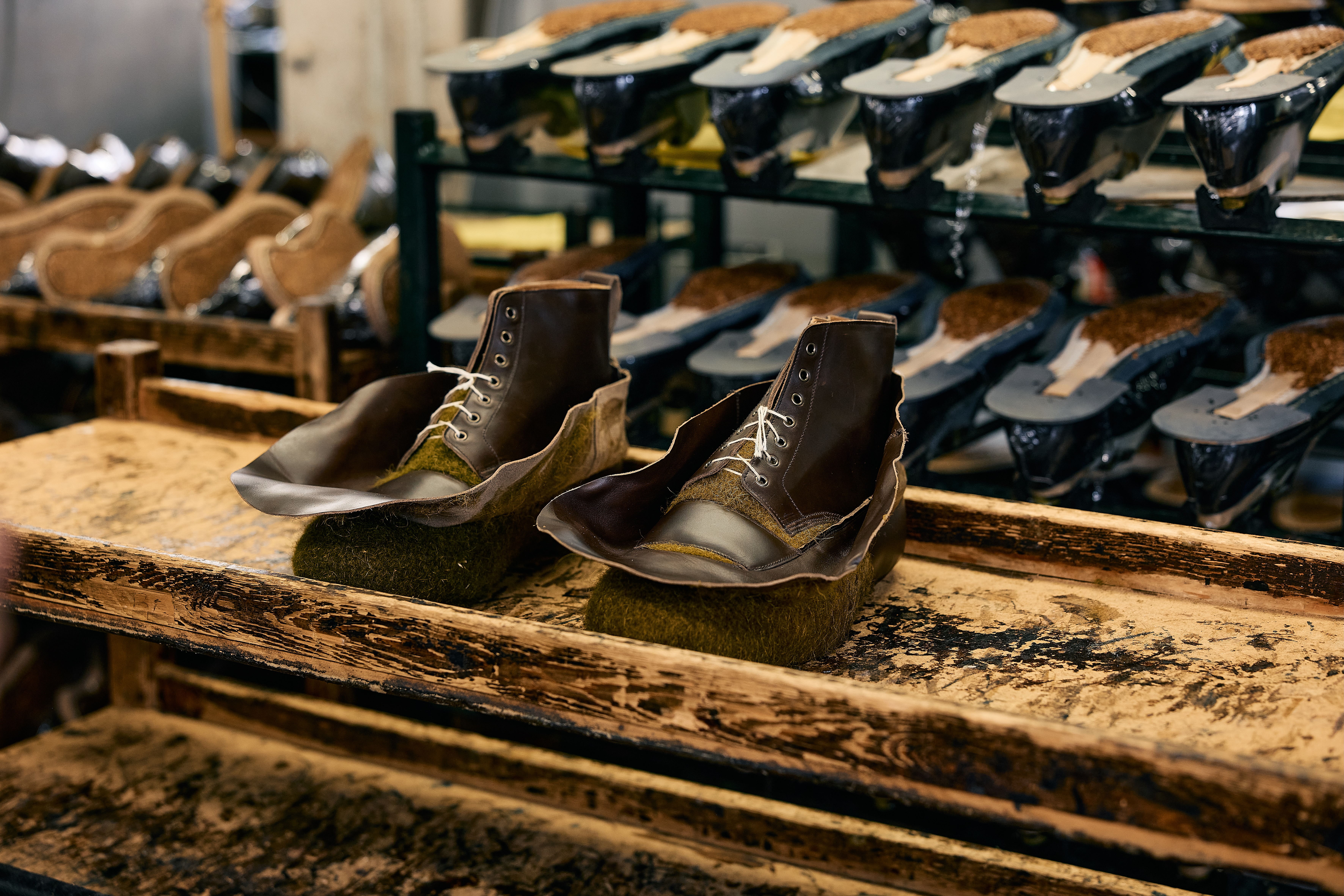
When Ross and Hugo first struck on the idea of replicating Mallory’s originals, the twins contacted Crockett & Jones because of the company’s long legacy, and its accompanying outdoor credentials. ‘Our records show we made boots for Ernest Shackleton,’ explains James, referencing the legendary Anglo-Irish explorer who lived during the same period as Mallory. ‘We come from an era of hand-stitching. There really are only a handful of shoemakers who can still make something like this.’
The overall project took around 18 months and the end products are things of beauty. The chestnut brown of the leather is offset by the yellow of the felt, with a Goodyear welt (a strip of leather sewn through both the upper and the insole) running around the perimeter of each boot. Hugo requires a size 11 boot compared to Mallory’s size 8, but otherwise, the mirror-like precision of the new pair is uncannily similar to its century-old predecessor. ‘It’s a true replica, rather than a copy,’ adds James. ‘Physically being able to see what is arguably one of the most iconic boots to have ever been produced was a great advantage.’
The finished pair are insulated, waterproof, sturdy and — best of all — easy to wear. ‘They’re incredibly comfortable,’ says Hugo. ‘The leather’s super-soft. They don’t need any breaking in or wearing in. We were in a chamber last week at Portsmouth University’s Extreme Environments Laboratory, standing for half an hour in -25ºC, and they performed extremely well.’
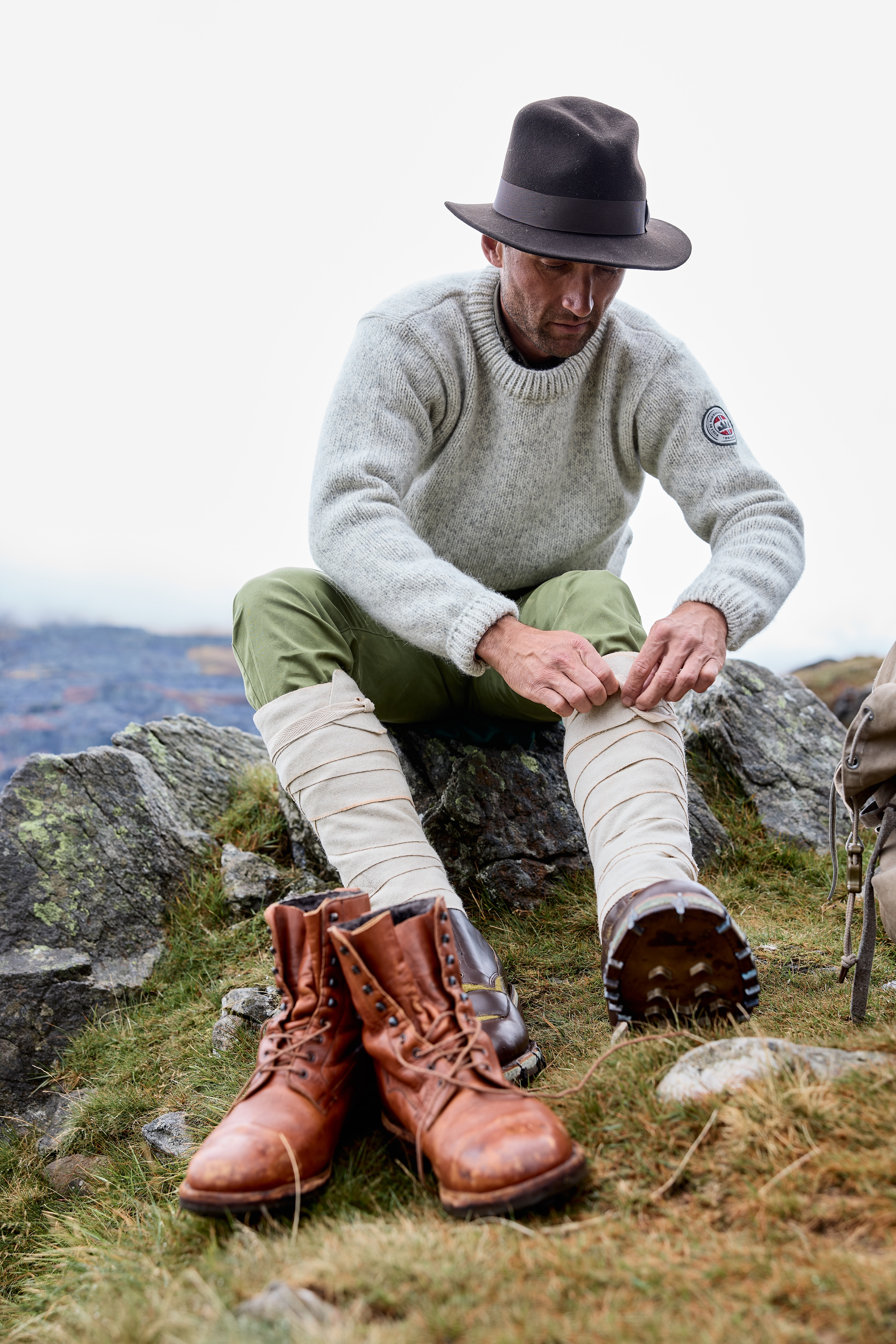
The rest of his outfit, too, is in keeping with the 1924 expedition, being largely comprised of hand-stitched woollen garments from Devold of Norway, another heritage-rich company with a story dating back to 1853.
‘I’ll be wearing absolutely everything Mallory was wearing,’ says Hugo. ‘So three pairs of socks, three pairs of long johns, gabardine trousers and puttees, then a six-layer system made up of a silk-wool blend base layer, a silk shirt, a woollen jumper, another silk shirt, a woollen shirt and a gabardine outer layer.’ Headwear will come courtesy of goggles and a woollen beanie, as well as a rabbit-lined bomber-style hat for extreme cold and a wide-brimmed woollen hat for sun exposure. Plus, of course, those remarkable boots.
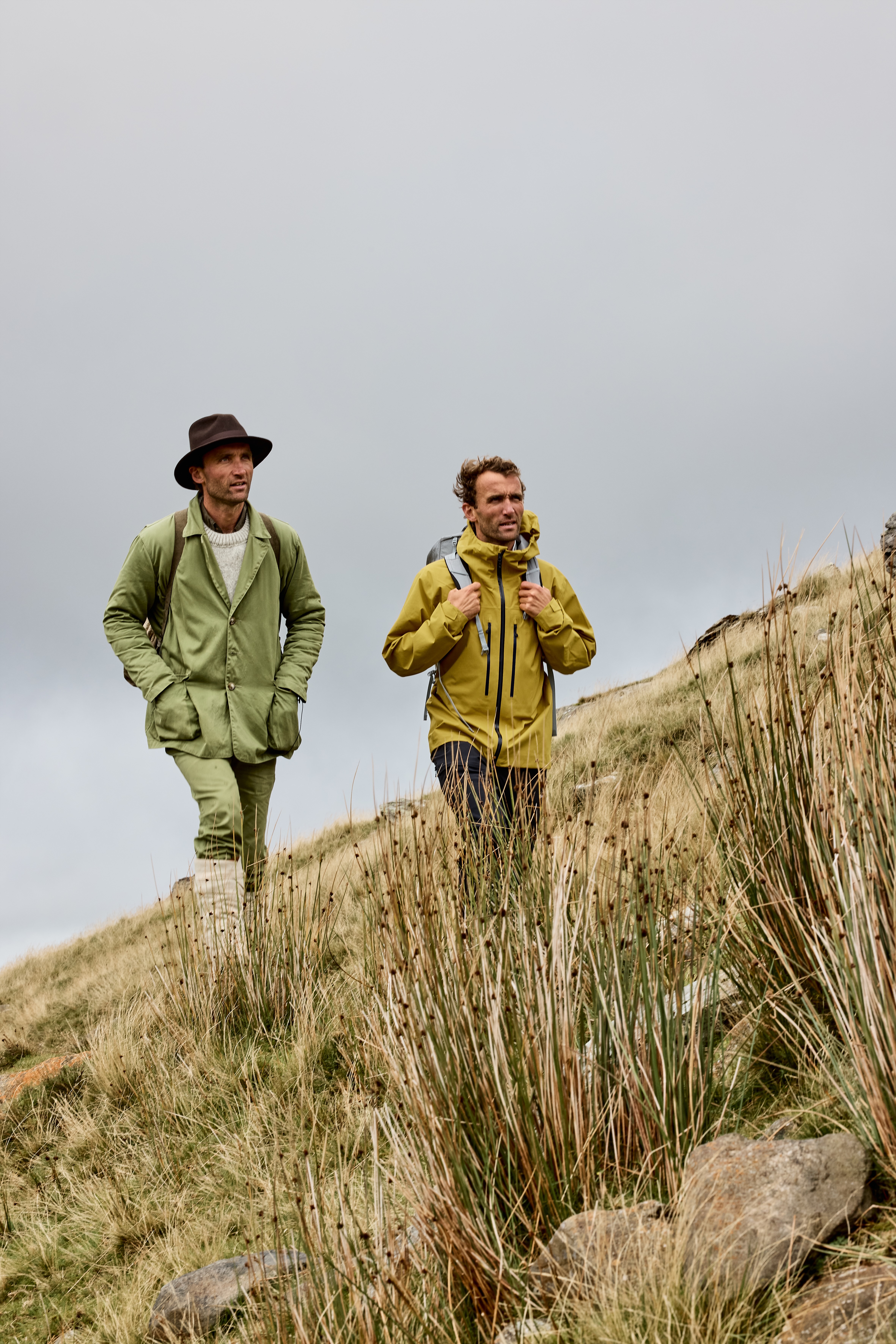
The temptation at the planning stage was to focus the expedition on an ascent of Everest itself, but the modern-day popularity of the climb made this impractical. Instead the twins have resolved to undertake the journey on mighty Mera Peak, Nepal’s highest trekking mountain at 21,247 ft, from where the summit view, on a fine day, includes a crystal-clear view of Everest (29,032ft). It might be more than 100 years since Mallory lost his life, but the mountaineer’s influence is still being felt in the loftiest of all Himalayan regions.
Ben Lerwill is a multi-award-winning travel writer based in Oxford. He has written for publications and websites including national newspapers, Rough Guides, National Geographic Traveller, and many more. His children's books include Wildlives (Nosy Crow, 2019) and Climate Rebels and Wild Cities (both Puffin, 2020).
-
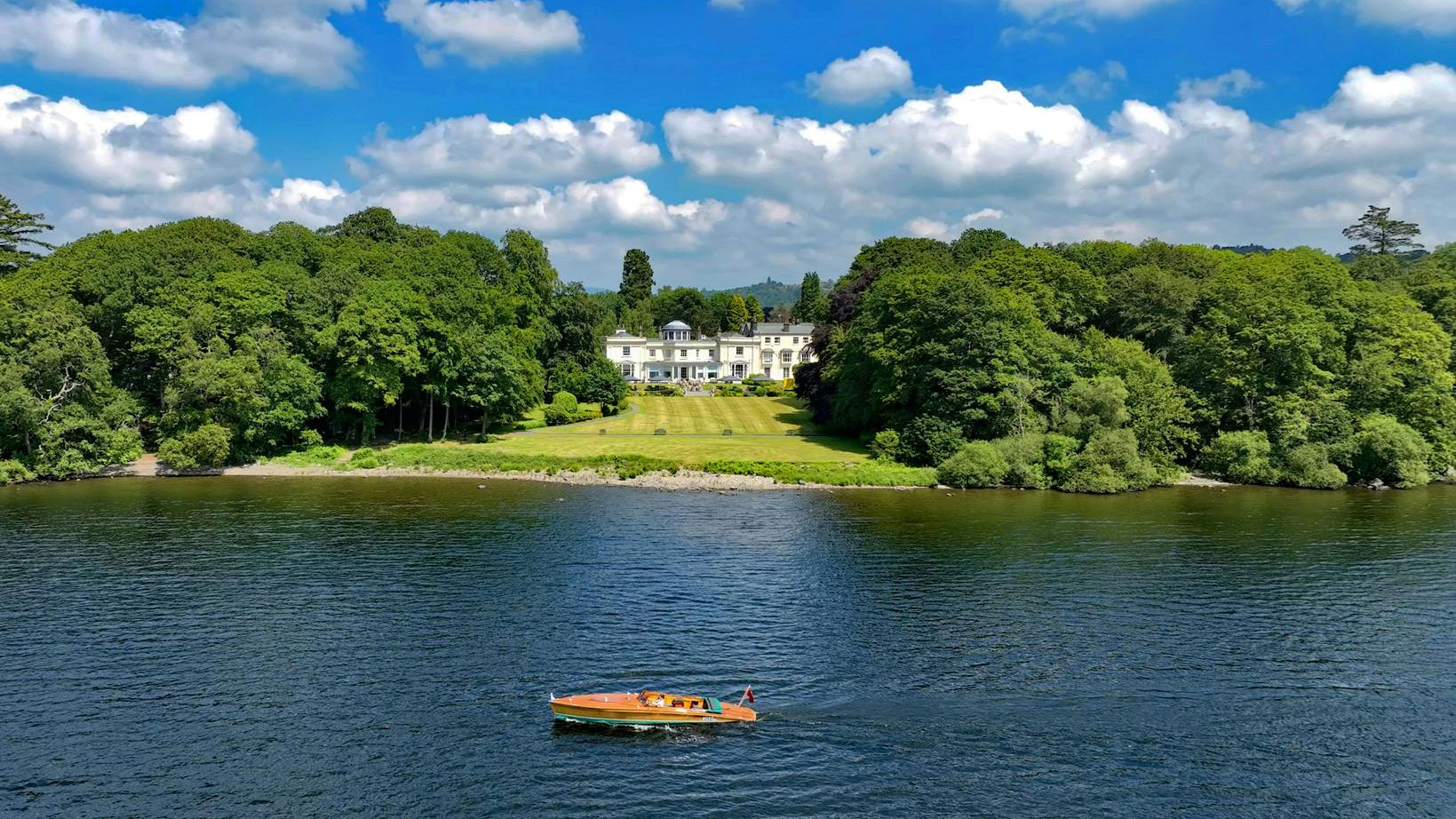 Storrs Hall: A glimpse of what a trip to Lake Windermere ought to be
Storrs Hall: A glimpse of what a trip to Lake Windermere ought to beLake Windermere — the largest stretch of water in the Lake District — is a tourist mecca that can often feel crowded, but head to places like Storrs Hall and you can still find the beauty and seclusion that first drew people here. Toby Keel takes a look.
-
 How good of a bird watcher are you? Country Life Quiz of the Day, November 19, 2025
How good of a bird watcher are you? Country Life Quiz of the Day, November 19, 2025Test your general knowledge in today's Country Life quiz.
-
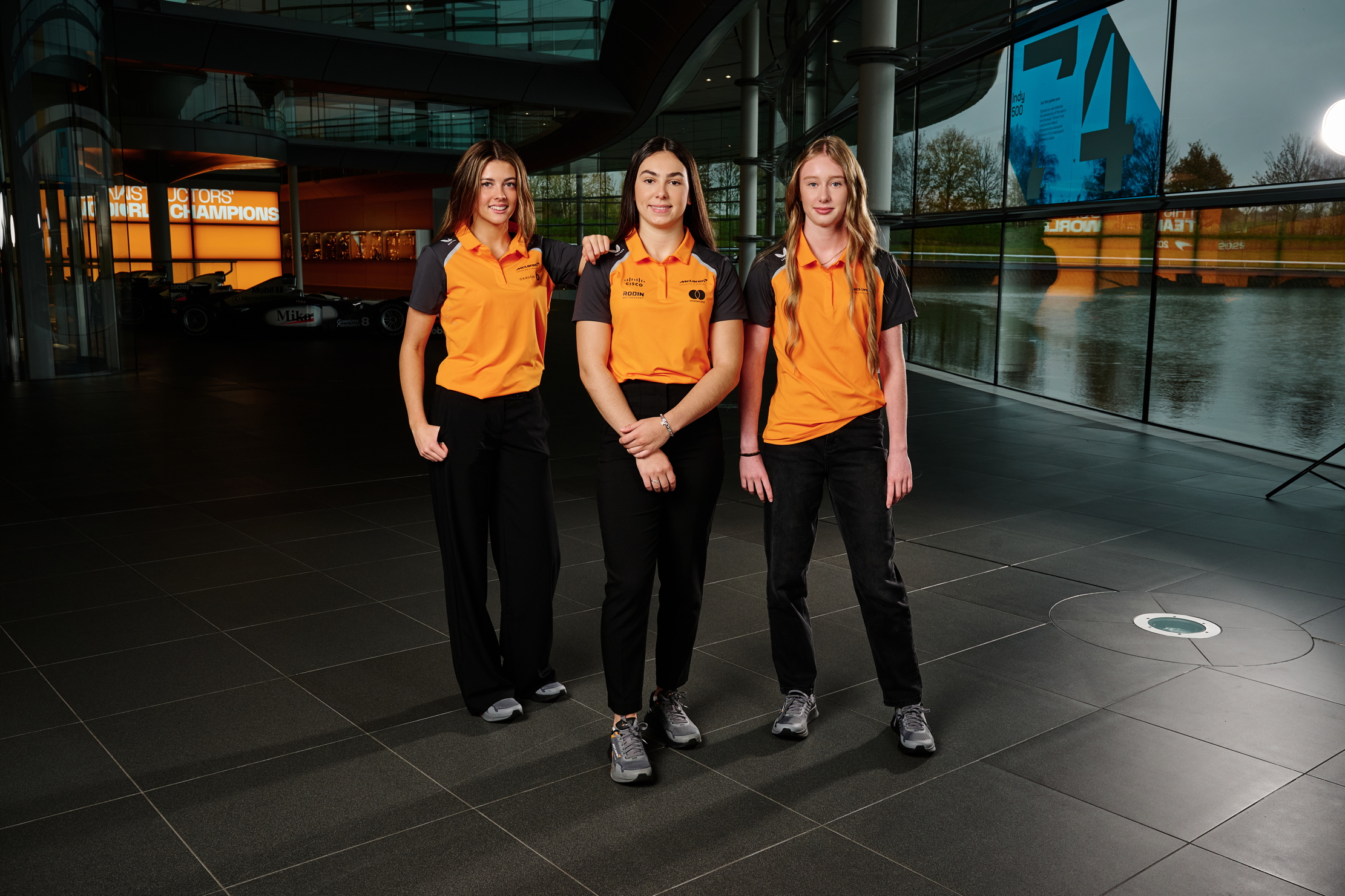 McLaren's three Ellas and the future of motorsport
McLaren's three Ellas and the future of motorsportMcLaren is rewiring the pipeline for women, on track and across the motorsport landscape
-
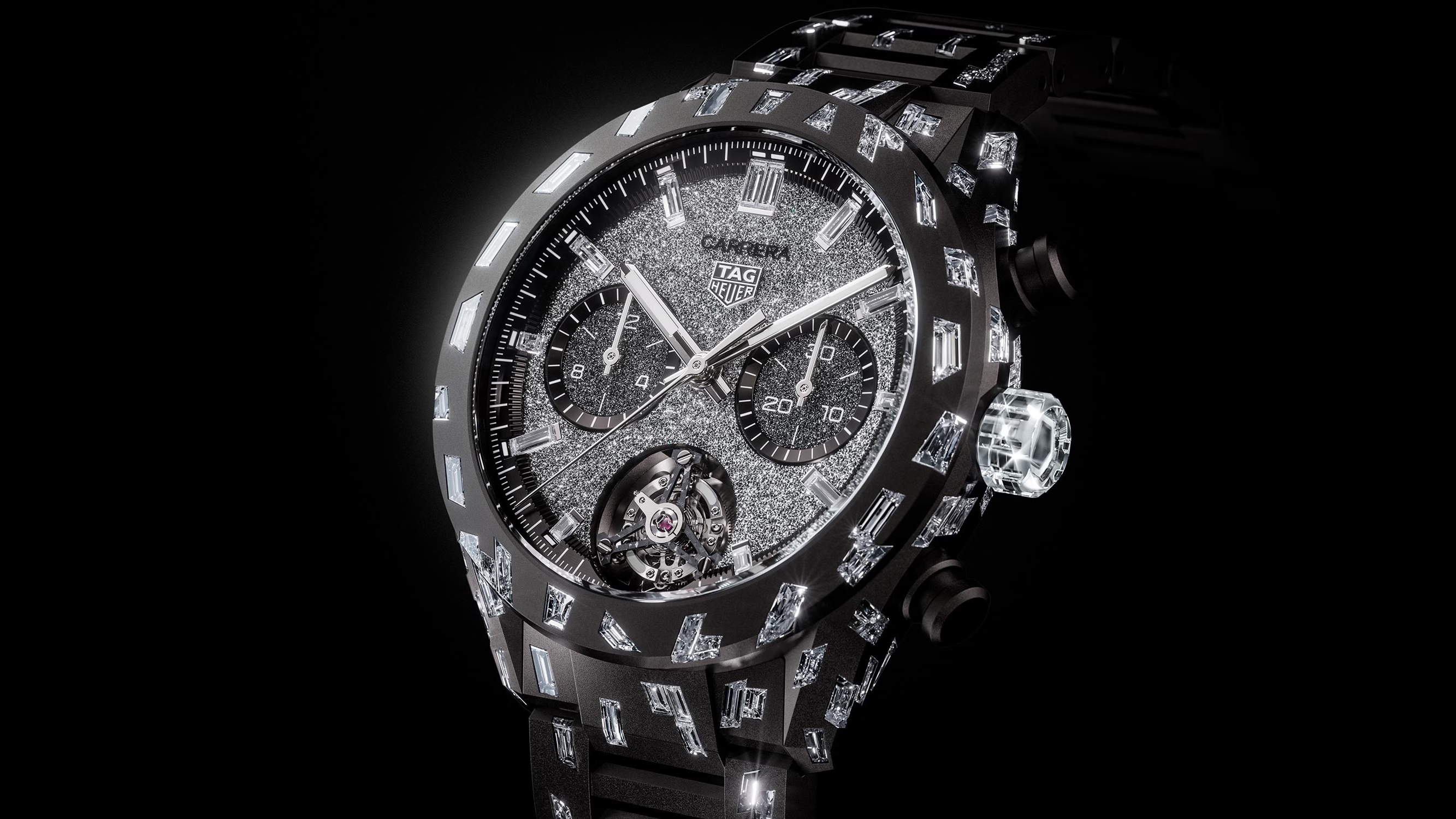 The real deal: Can you tell the difference between mined and synthetic diamonds?
The real deal: Can you tell the difference between mined and synthetic diamonds?And would you buy a watch studded with laboratory-made ones?
-
 The wine stash of one of Switzerland’s most secretive billionaires is up for auction
The wine stash of one of Switzerland’s most secretive billionaires is up for auctionA selection from the personal cellar of the late Jörg G. Bucherer is for sale via Sotheby’s. Highlights include double magnums of Petrus, a case of Lafleur 1990, nine cases of Clos de Tart and six 12-bottle cases of Domaine Leroy.
-
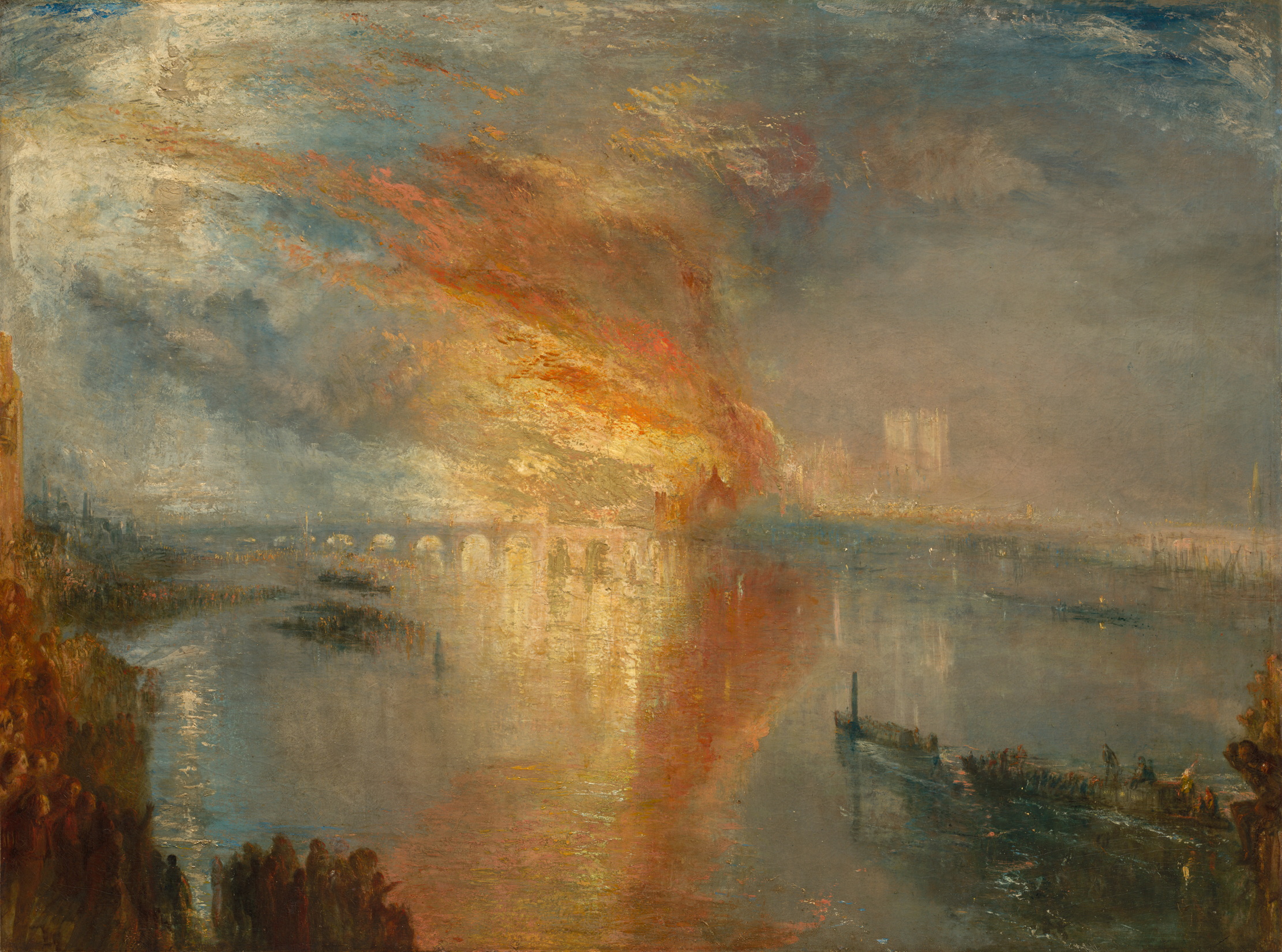 Who won the rivalry between Turner and Constable? It was us, the public
Who won the rivalry between Turner and Constable? It was us, the publicA forthcoming exhibition at Tate Britain that revives the rivalry between these two 19th century painters sheds new light on their relationship.
-
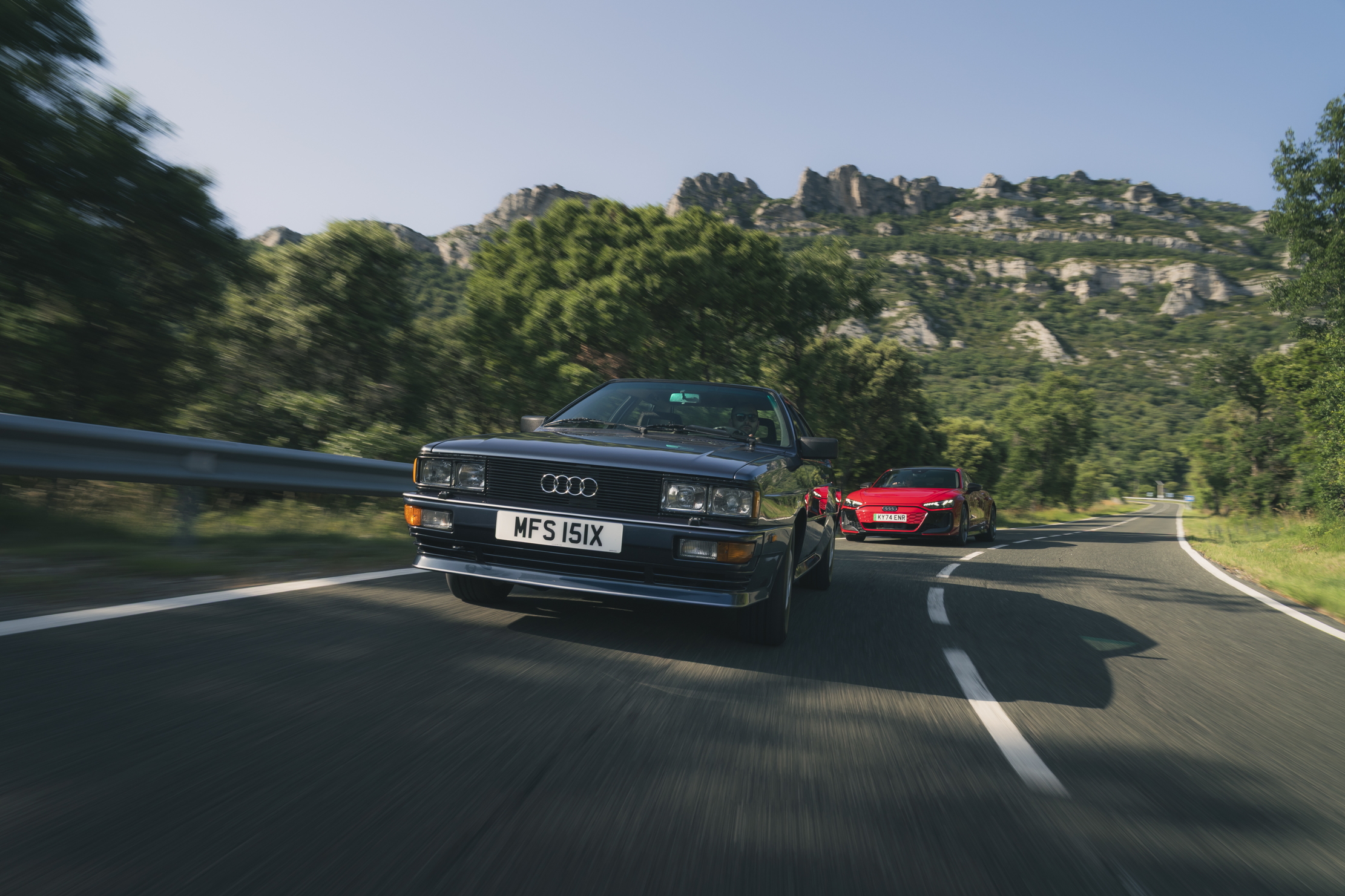 Audi has been designing icons for 60 years. Here are some of the best
Audi has been designing icons for 60 years. Here are some of the bestFrom the first Quattro, to the TT and the R8, Audi has always been able to turn a head. Adam Hay-Nicholls, our man in Rioja, explains why.
-
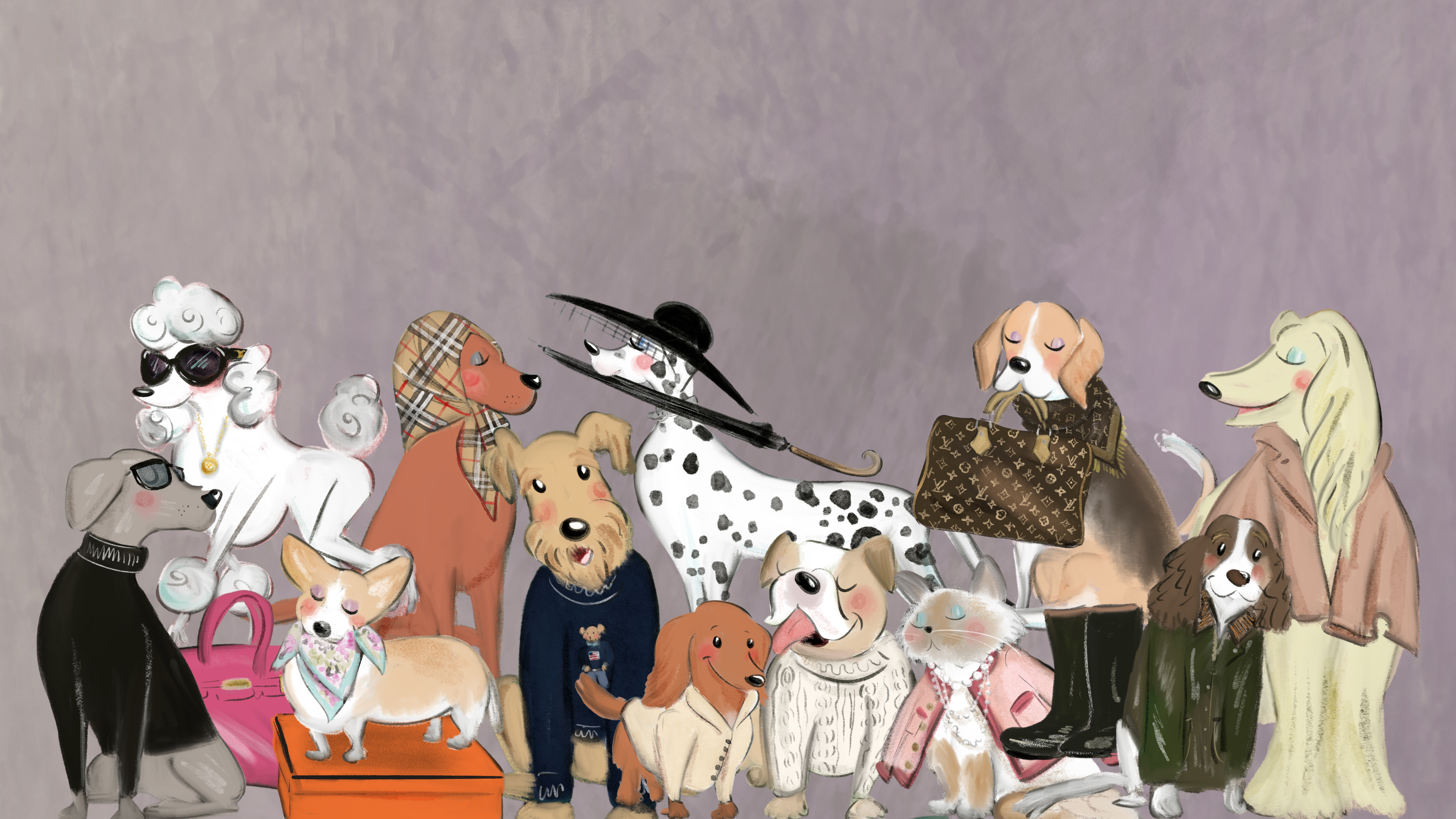 Haute dogs: How fashion’s finest would dress 11 dogs and one very spoilt cat if only they had the chance
Haute dogs: How fashion’s finest would dress 11 dogs and one very spoilt cat if only they had the chanceWe’ve matched some much-loved breeds to the designers that share their history, temperament and vibe — because why not. Illustrations by Tug Rice.
-
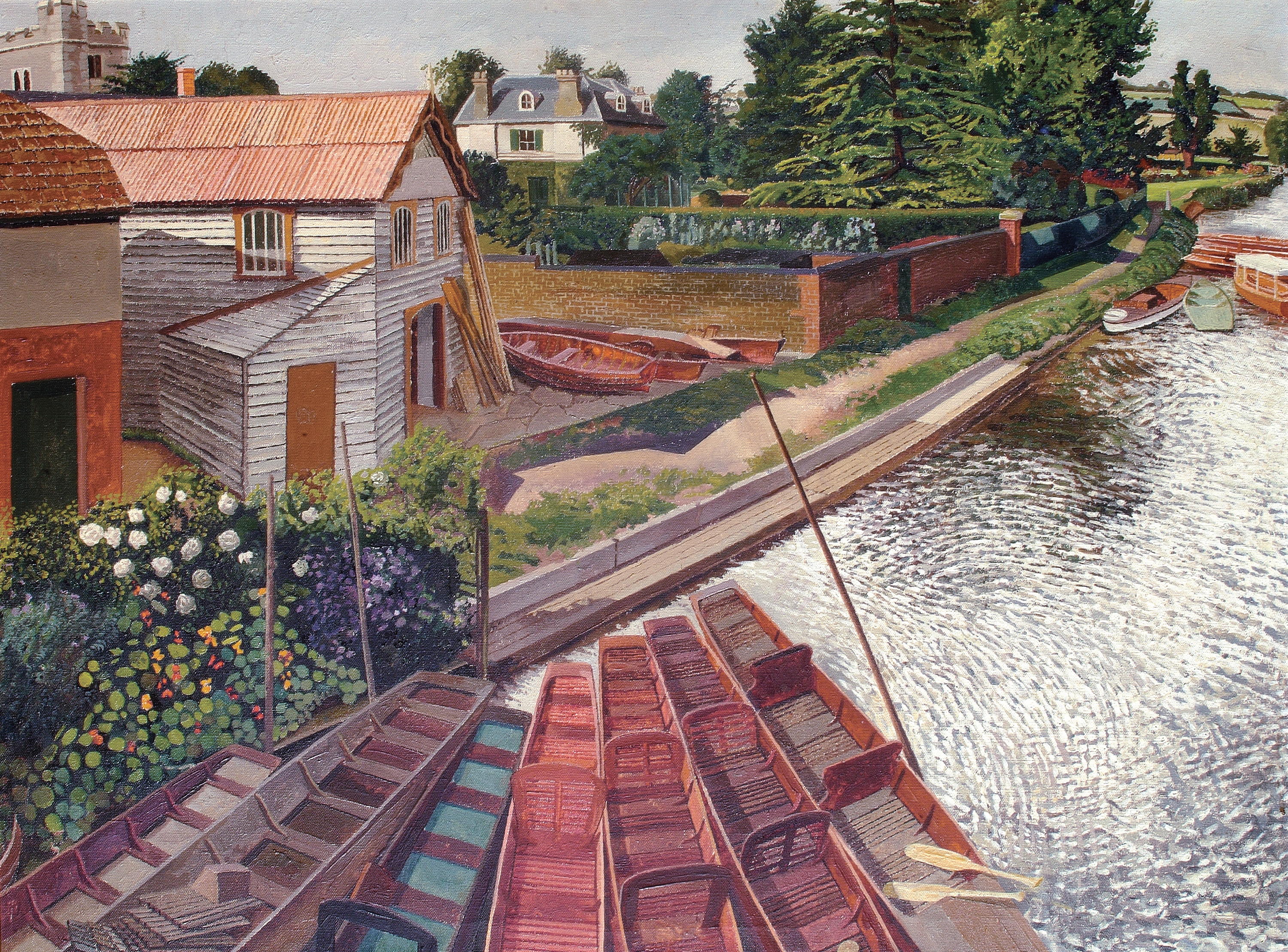 'Love, desire, faith, passion, intimacy, God, spiritual consciousness, curiosity and adventure': The world of Stanley Spencer, a very English visionary
'Love, desire, faith, passion, intimacy, God, spiritual consciousness, curiosity and adventure': The world of Stanley Spencer, a very English visionaryStanley Spencer’s talent for seeing the spiritual in the everyday, his stirring sense for the wonder of Nature and his love for the landscapes of Berkshire and Suffolk shaped his art, as Matthew Dennison reveals.
-
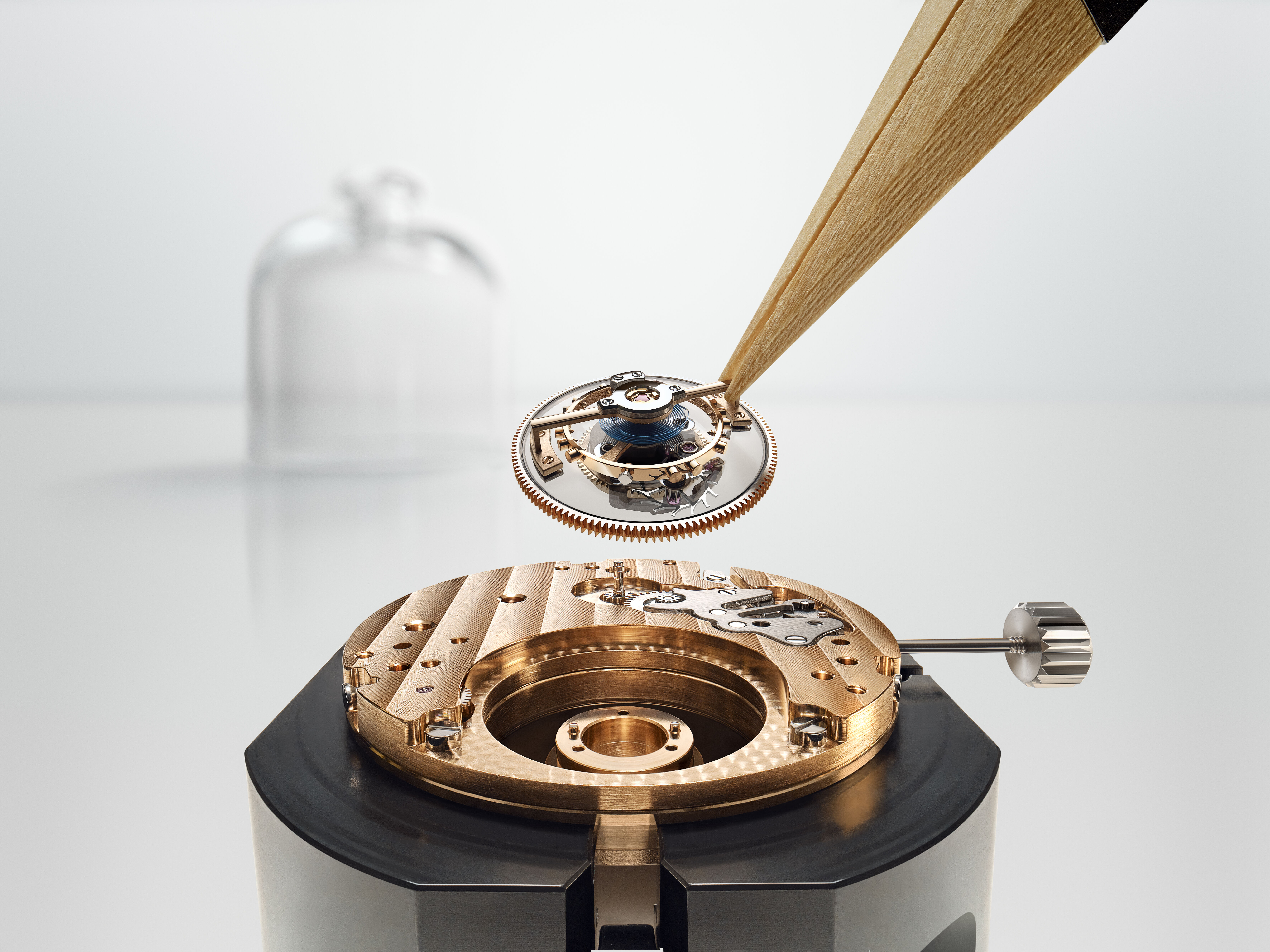 The tourbillon watch is a masterpiece of order born out of tumult and disarray
The tourbillon watch is a masterpiece of order born out of tumult and disarrayWhat is it that makes the tourbillon — one the most beguiling instruments in watchmaking — tick?
